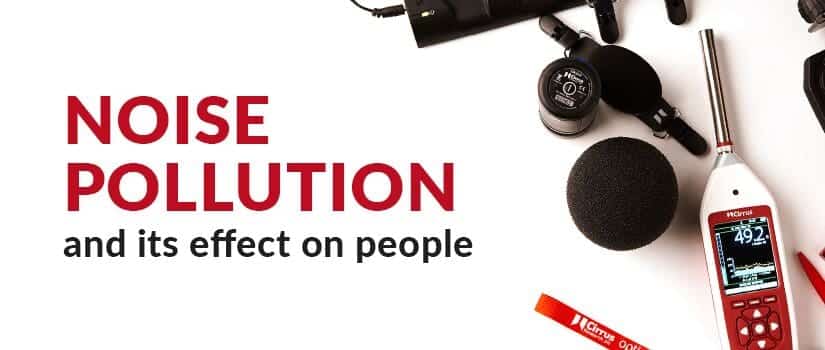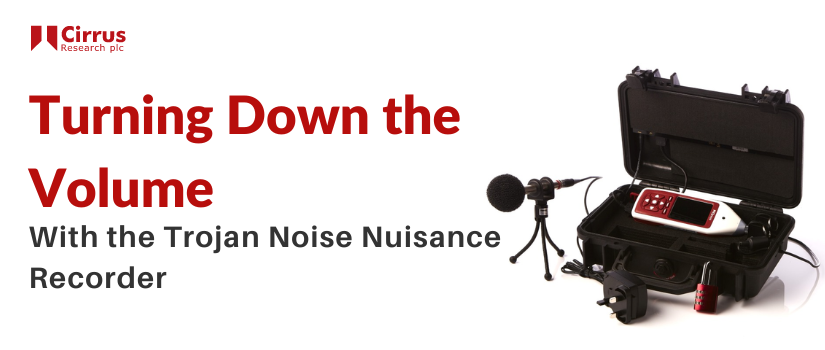Noise pollution is an invisible danger that affects the health and wellbeing of all life. In the second blog of this series, we will be looking at noise pollution and how it affects people.
What is noise pollution?
Noise pollution, also known as environmental noise or sound pollution, is any unwanted or disturbing sound that has a harmful impact on the activity of human or animal life. It may be an invisible danger, but it is very much present in our everyday lives.
Noise pollution and people
From conditions such as acoustic shock to tinnitus, there’s a whole range of health conditions related to noise, each varying in severity and cause, but most of which can be easily avoided.
All noise is caused by vibrations in the air, which are picked up by tiny hairs in our ear canal and then travel to our inner ear. Basically, the louder the sound is, the larger the vibration.
Burst eardrums and conditions like acoustic shock and tinnitus can be incredibly painful and can cause lasting damage to a person’s hearing, affecting their ability to carry out everyday activities and their overall quality of life.
Causes of tinnitus
Unlike acoustic shock and burst eardrums that are generally brought on by severe one-off instances of extreme loud noise, tinnitus can often be brought on by regular exposure to high noise levels. It can be caused by something as simple as listening to loud music through earphones on the bus or in the house.
In fact, musicians such as Chris Martin, Ozzy Osbourne, and Liam and Noel Gallagher are all reported to suffer from tinnitus after years of concerts and screaming fans.
However, loud music isn’t the only threat to people’s health. Noise Nuisance, although unlikely to cause tinnitus, can lead to conditions just as serious.
According to the World Health Organisation (WHO), there is clear evidence on the relationship between environmental noise (or noise pollution) and health effects, including high blood pressure, cardiovascular disease, sleep disturbances, cognitive impairment and mental health and well-being.
Hearing loss at work
Although every workplace is bound by the Control of Noise at Work Regulations 2005, many workplaces are the most common places where noise can become an issue.
You can find out more about the risks of noise at work here.
Generally, noise and sound lead to great enjoyment and happiness. Laughter, conversation and music form such a vital part of our lives. However, it’s important to be aware and stay vigilant to ensure that our health and wellbeing is protected.



